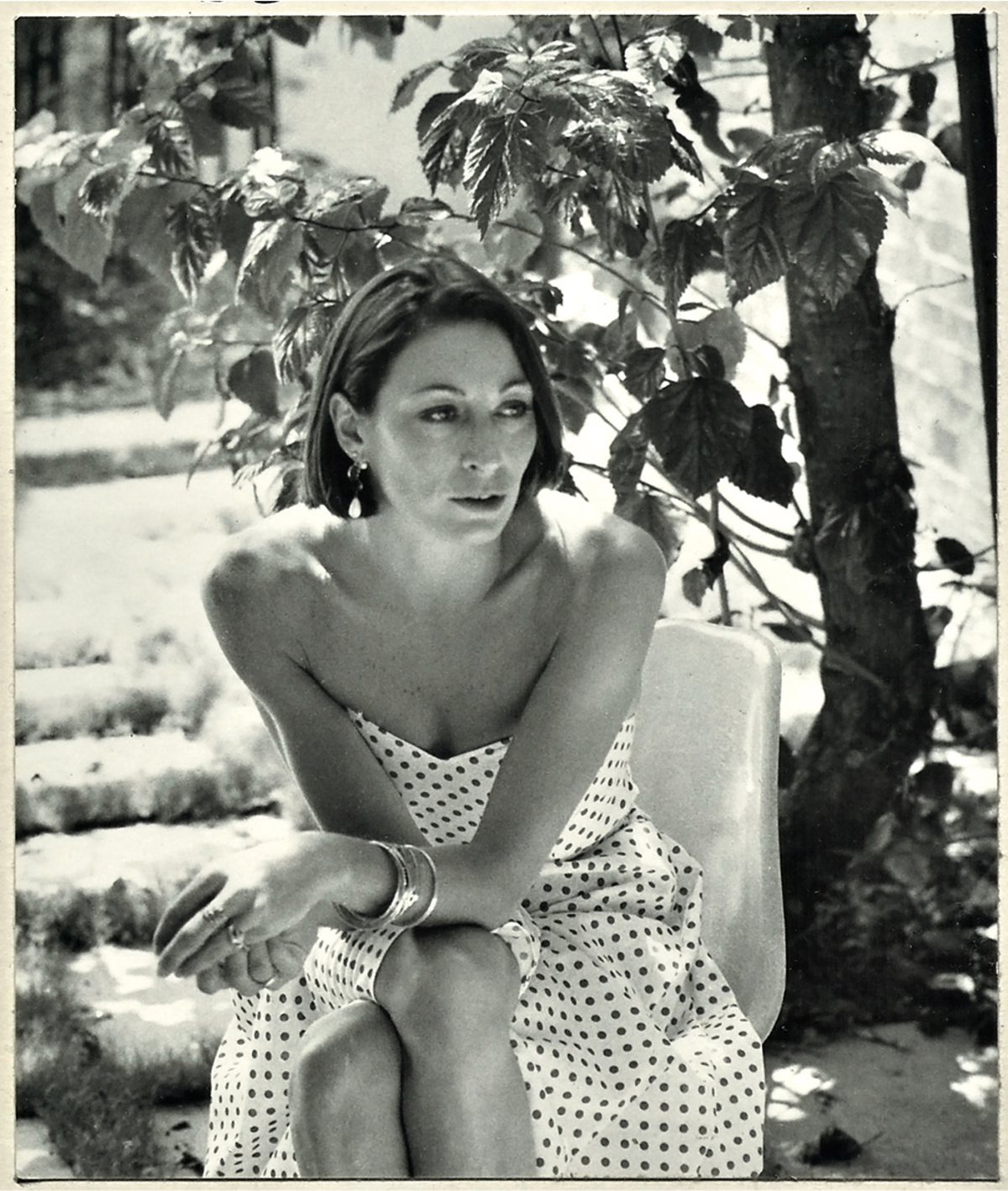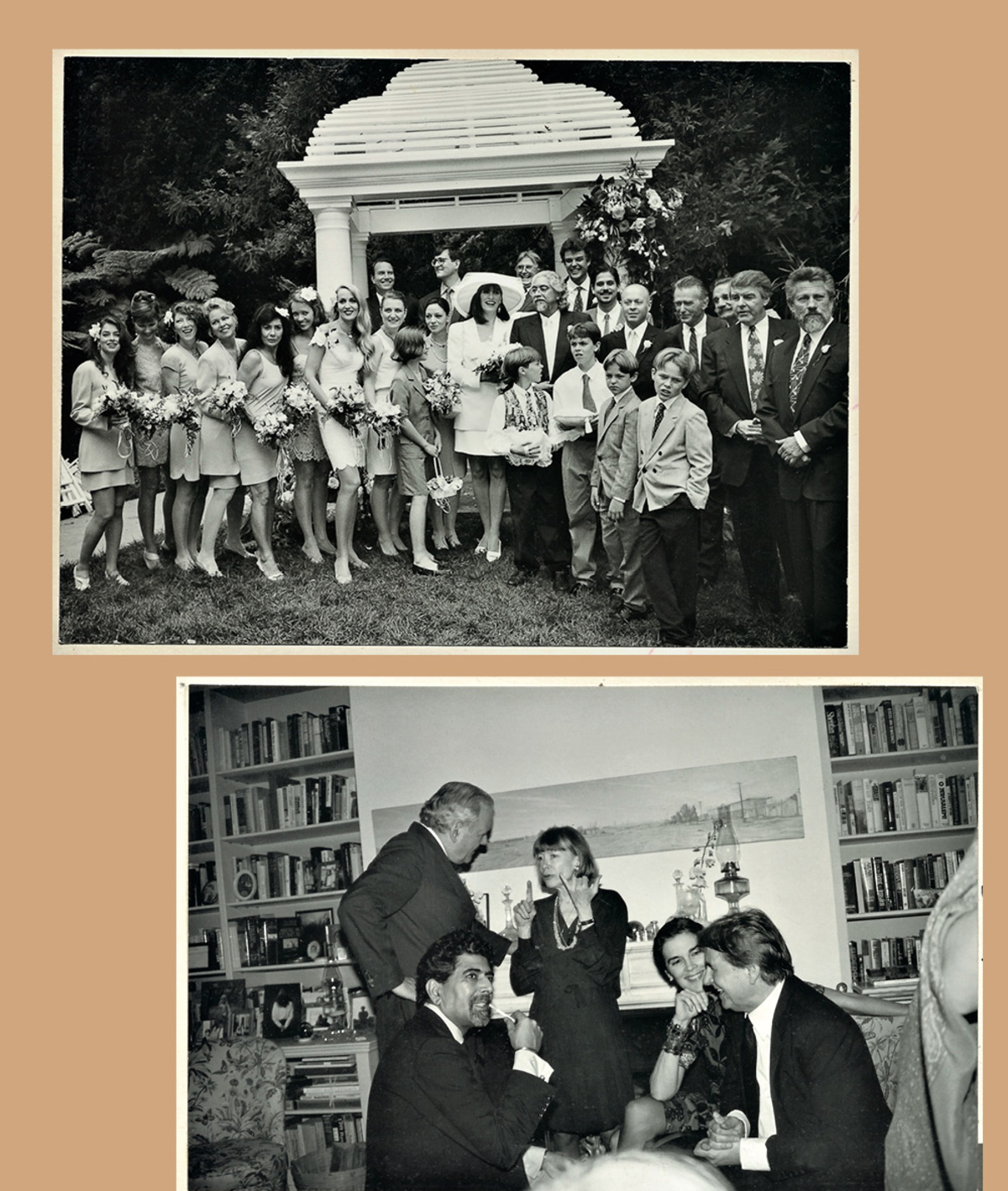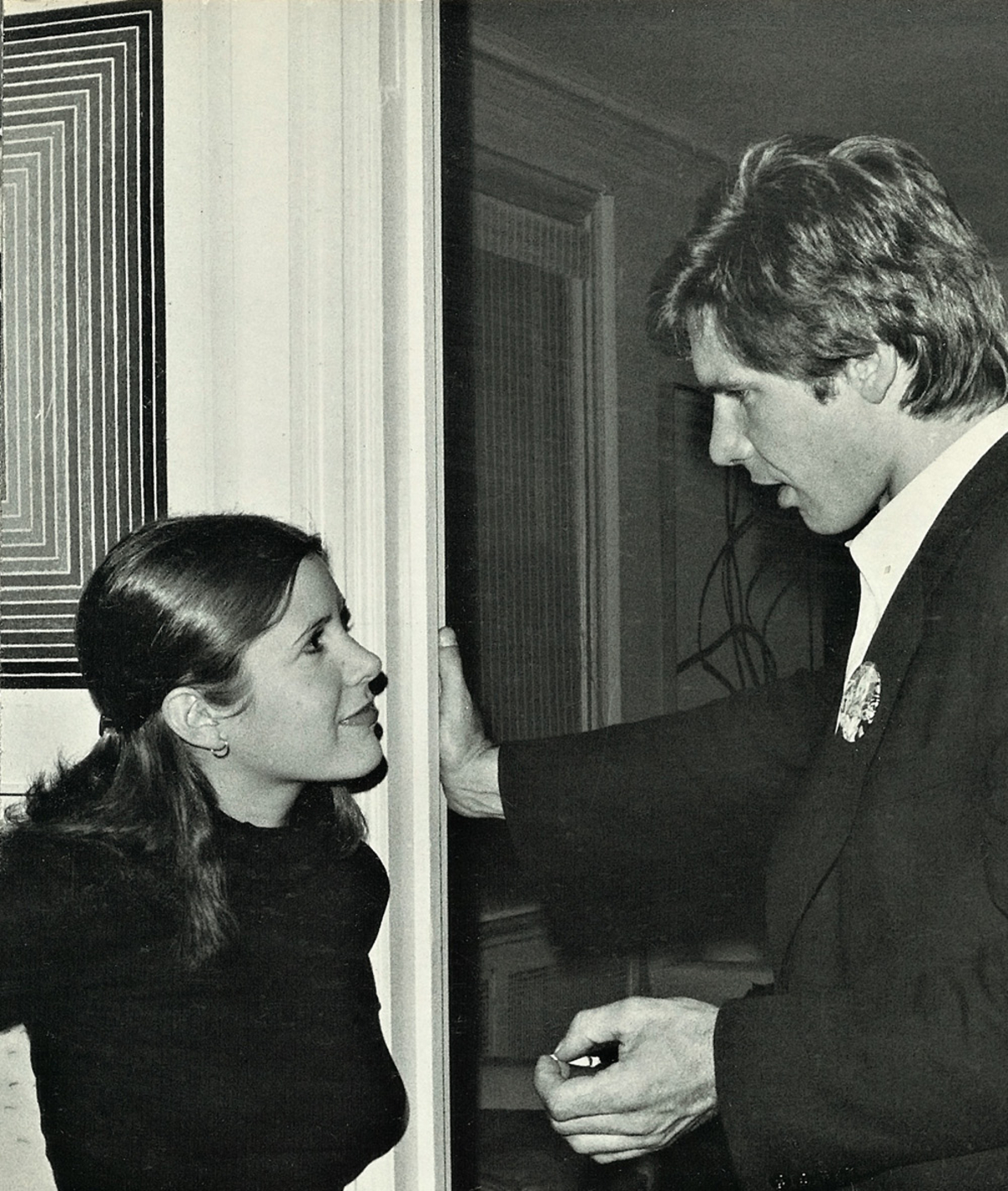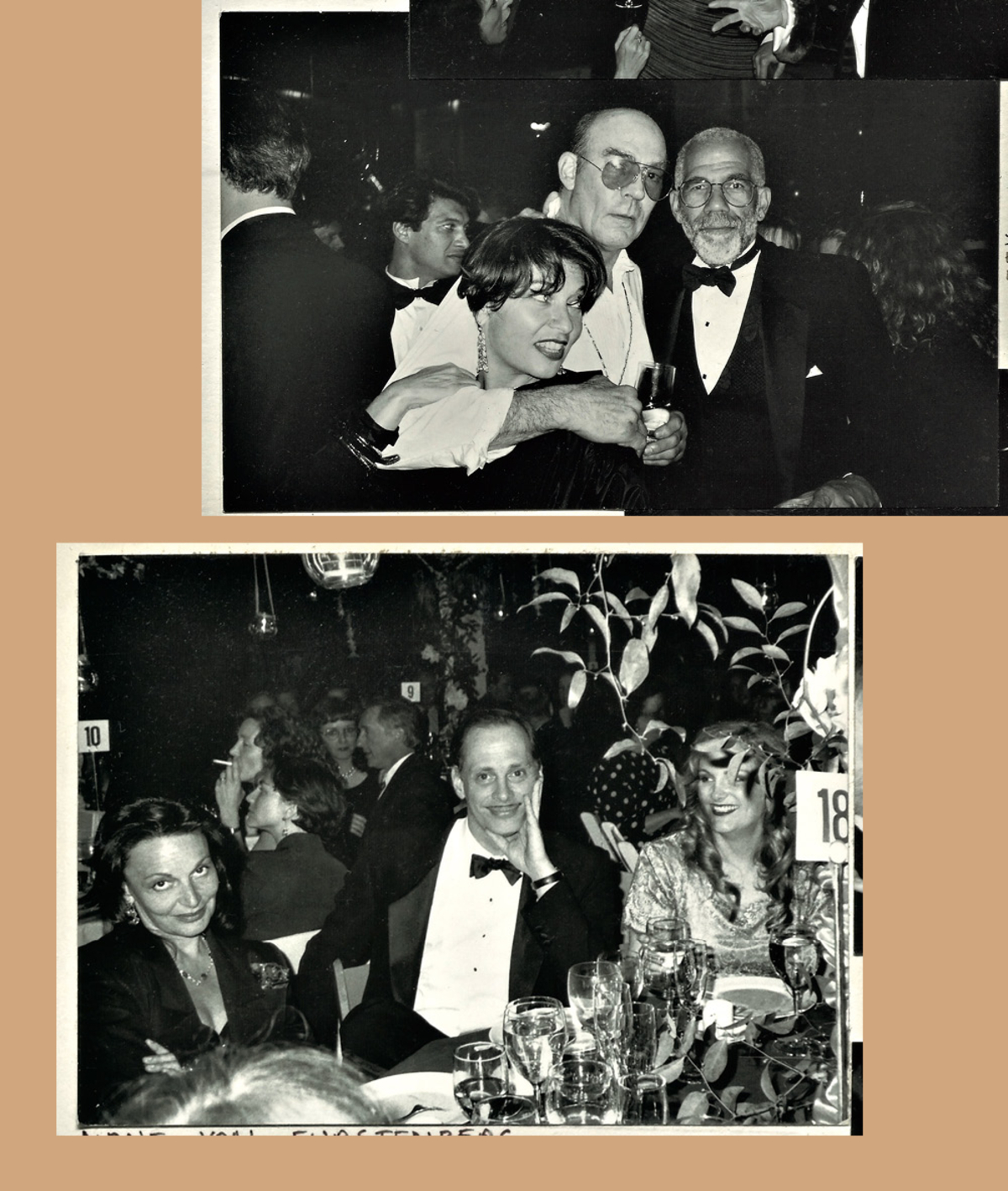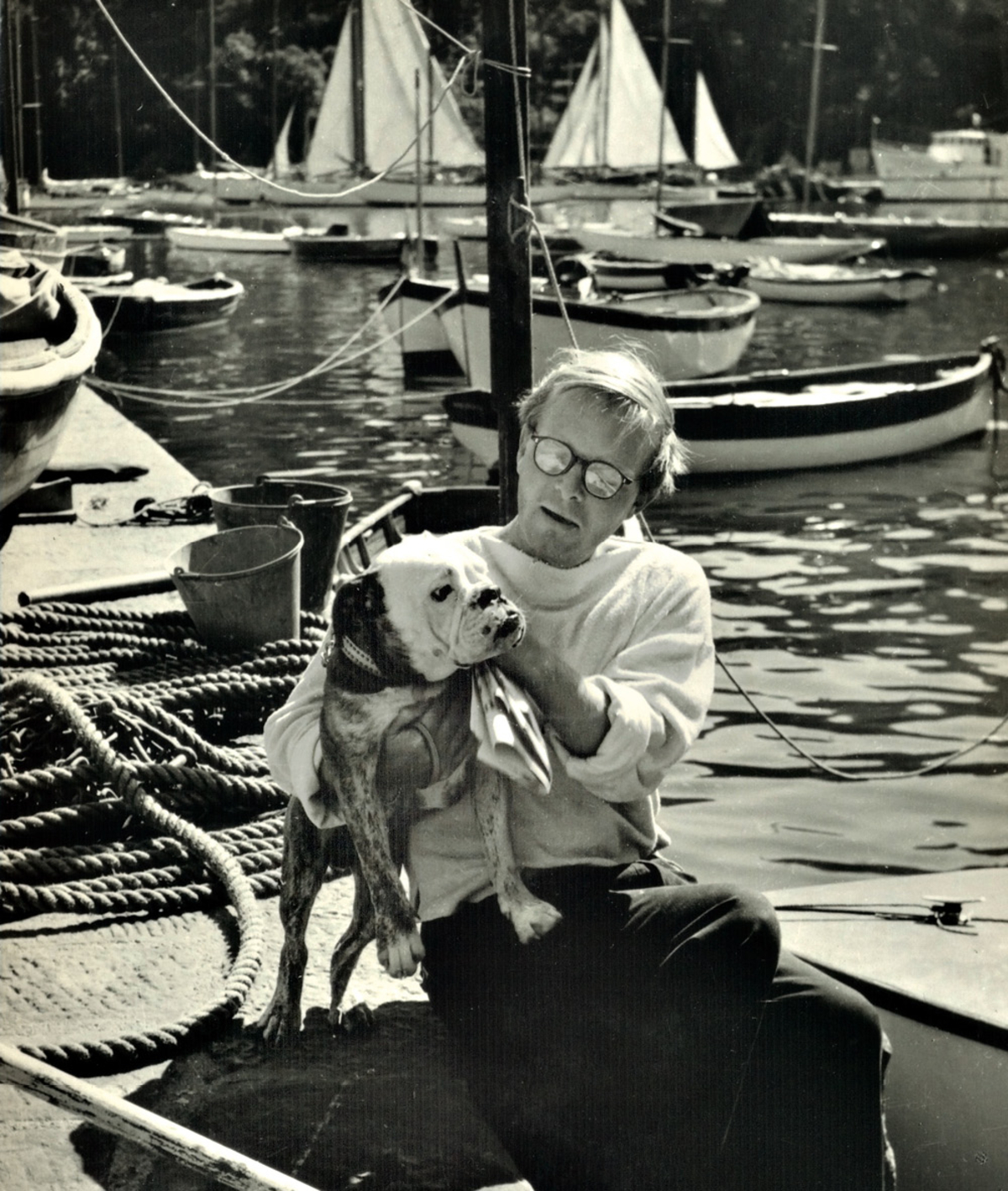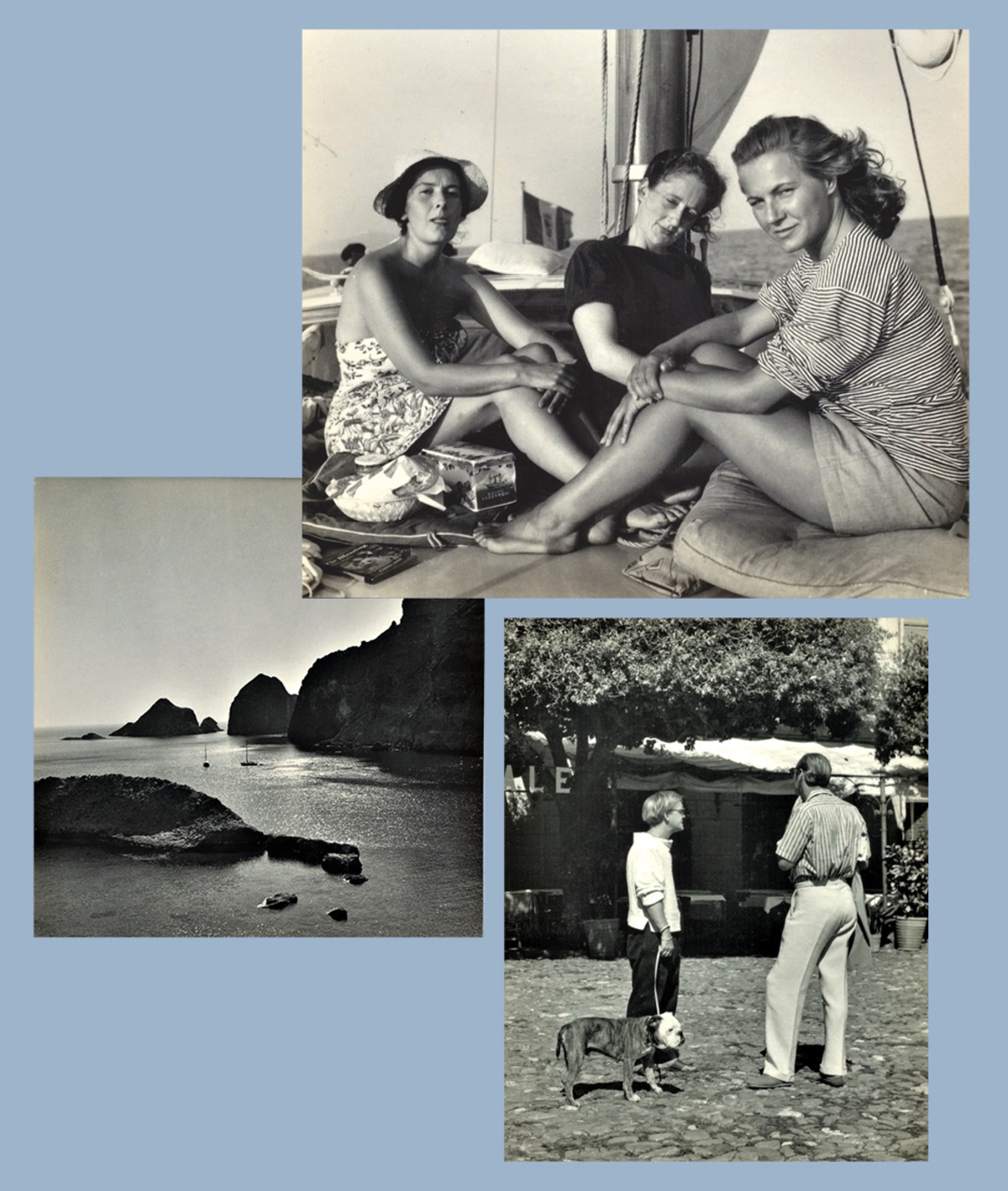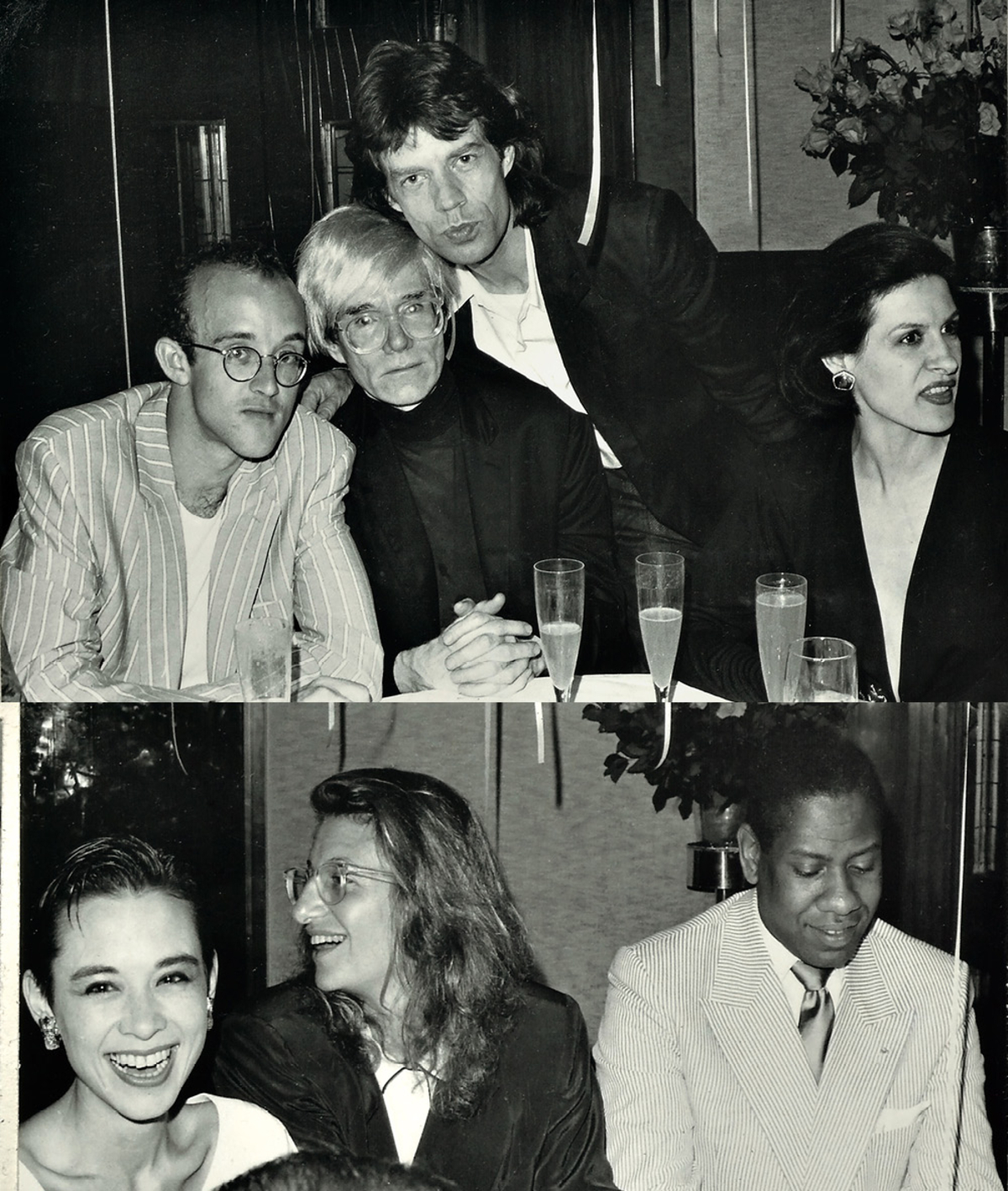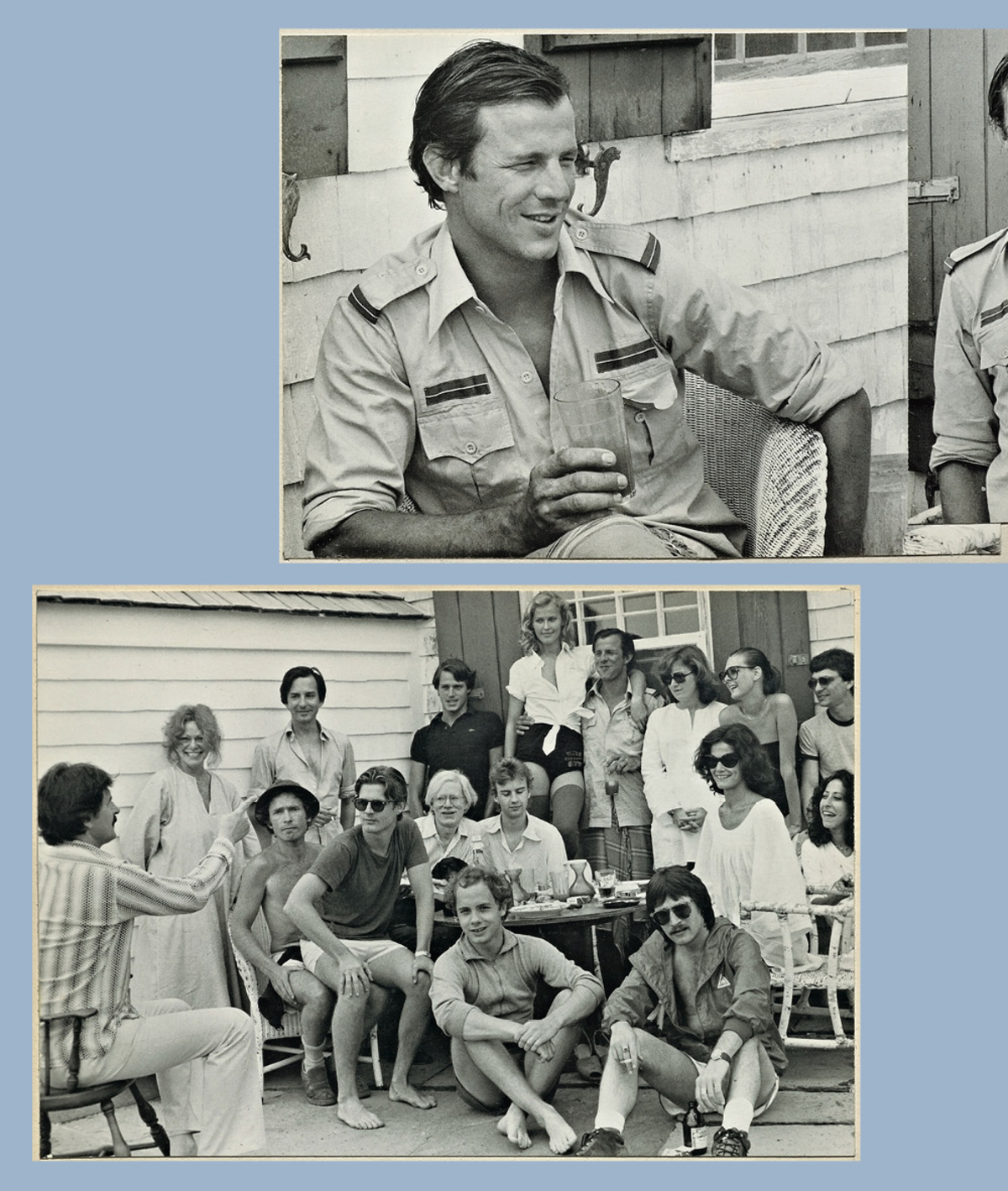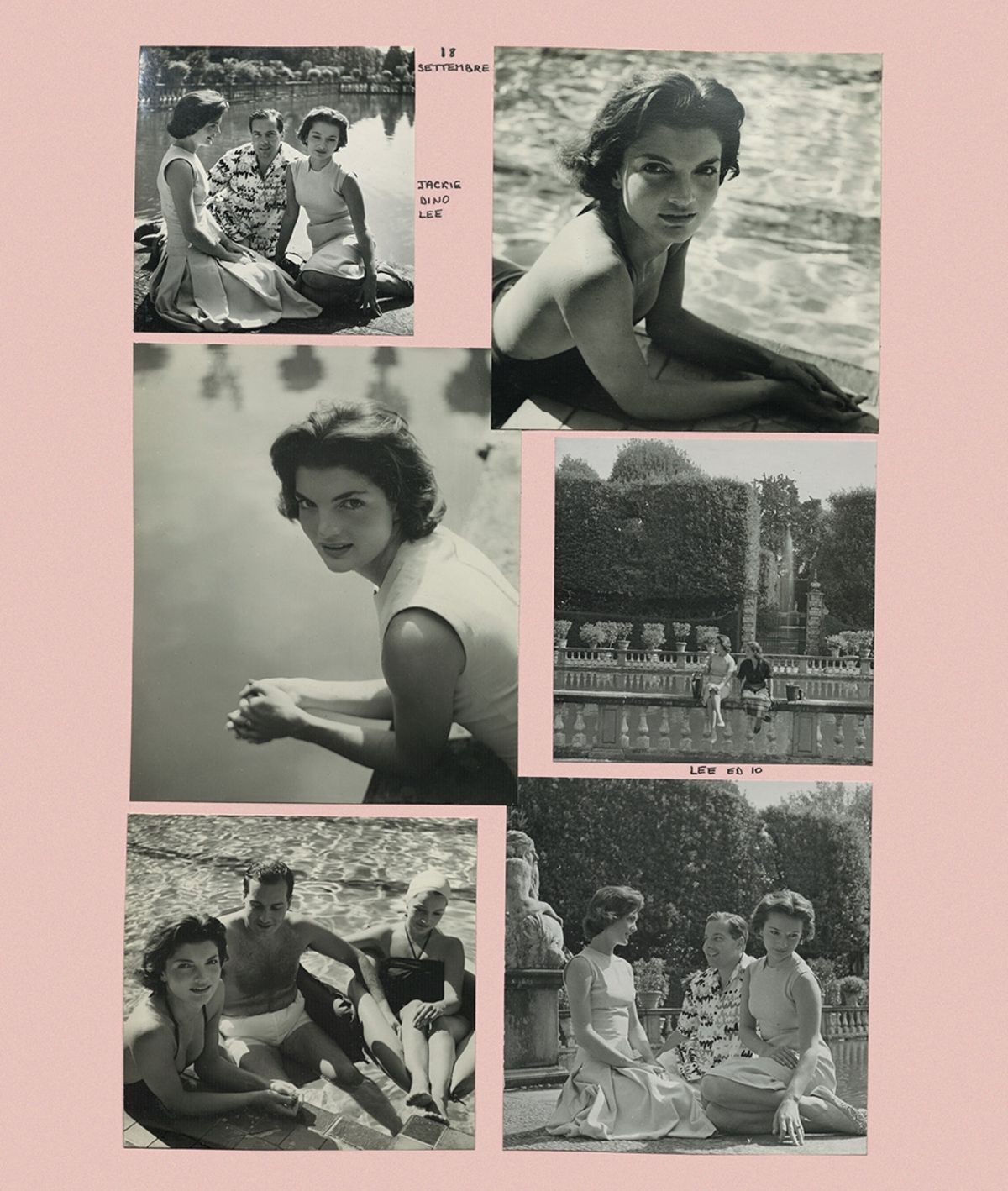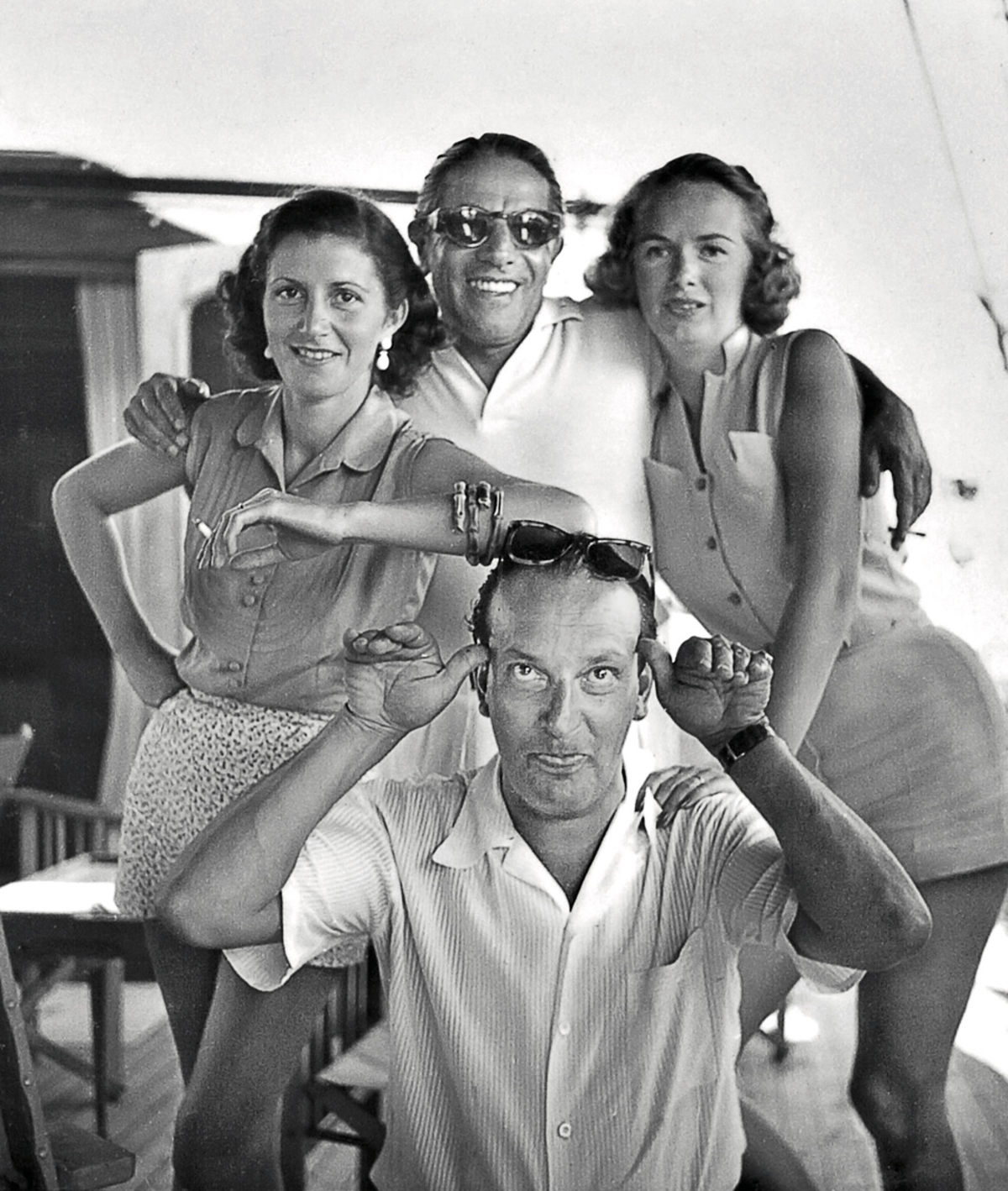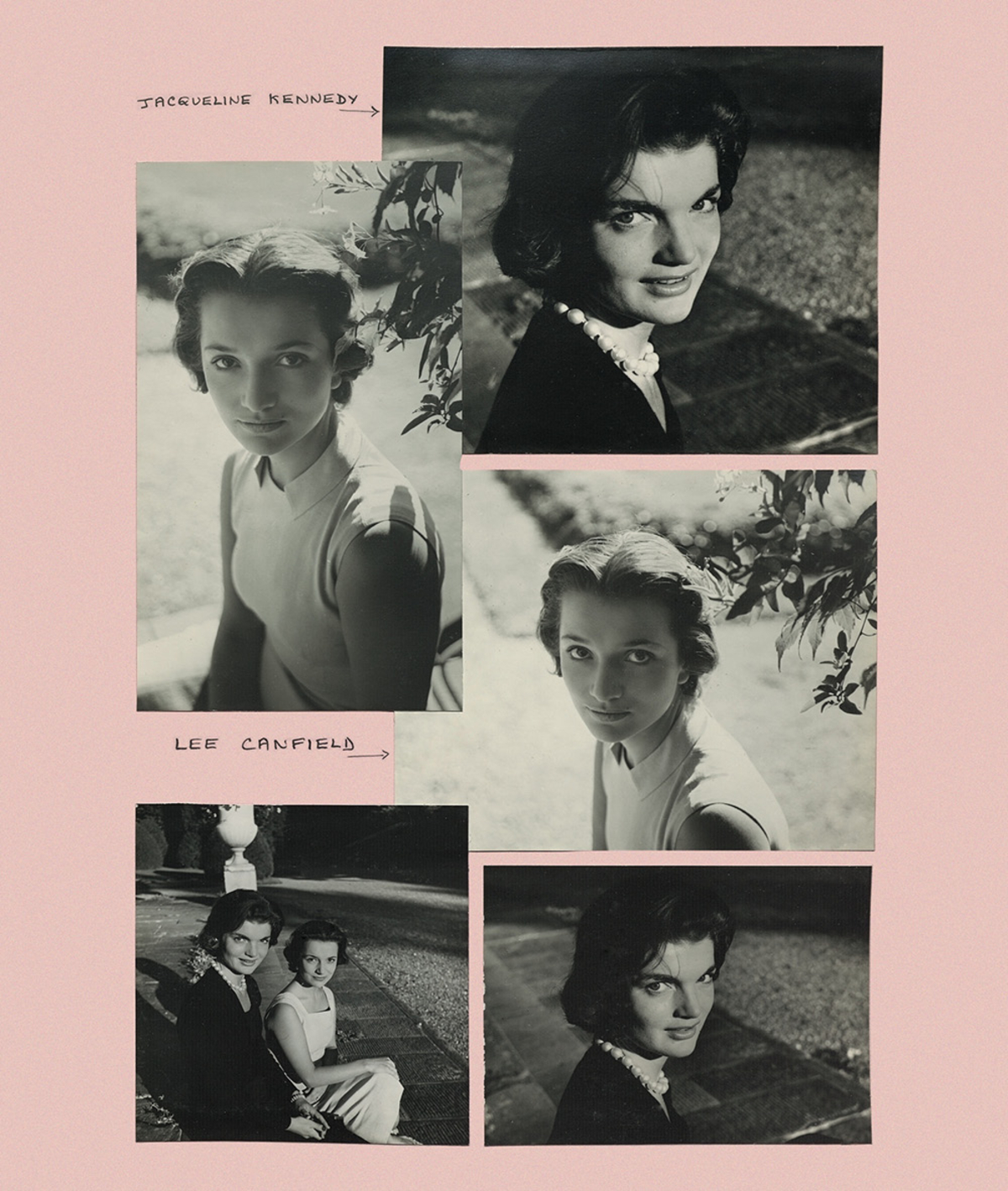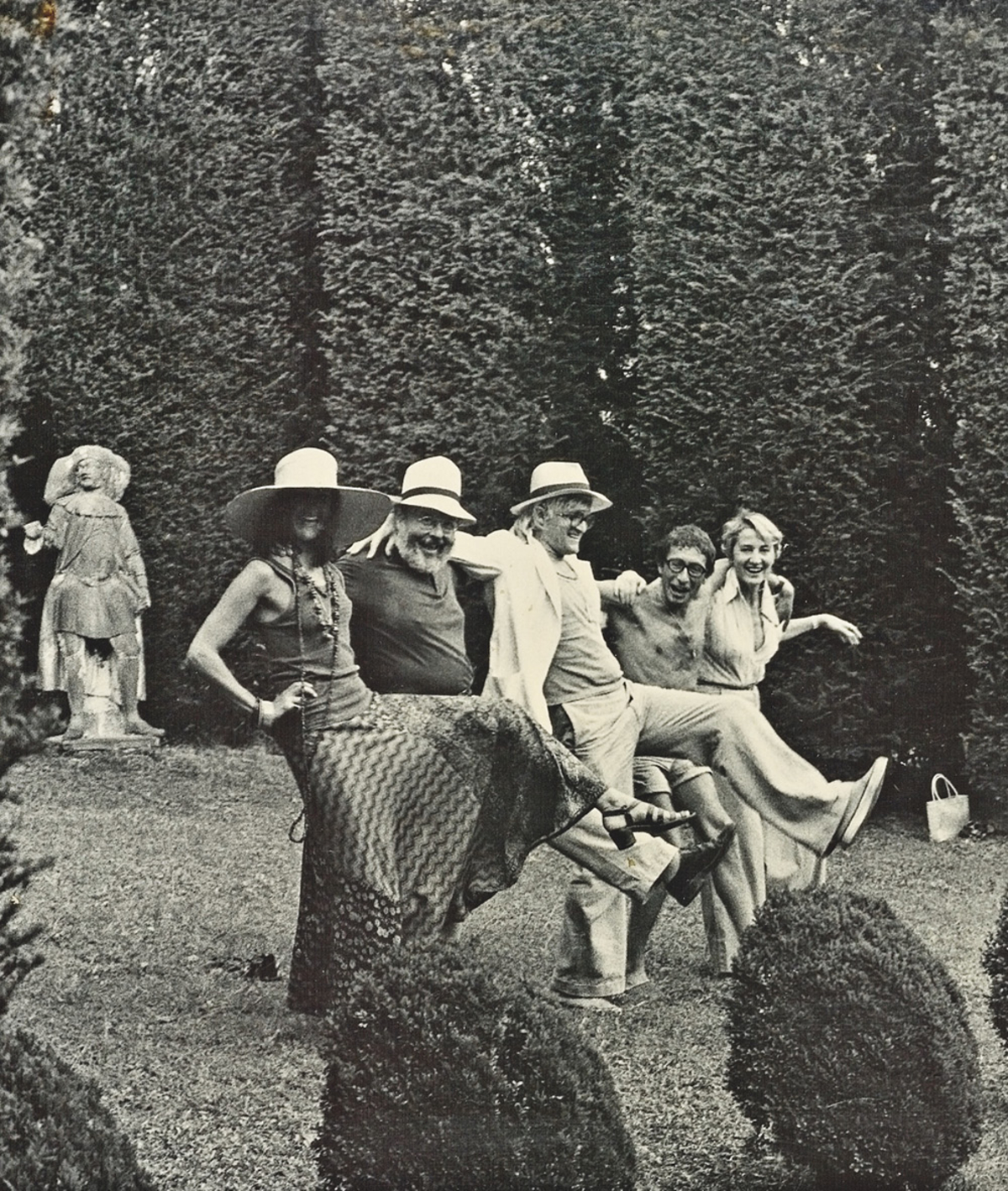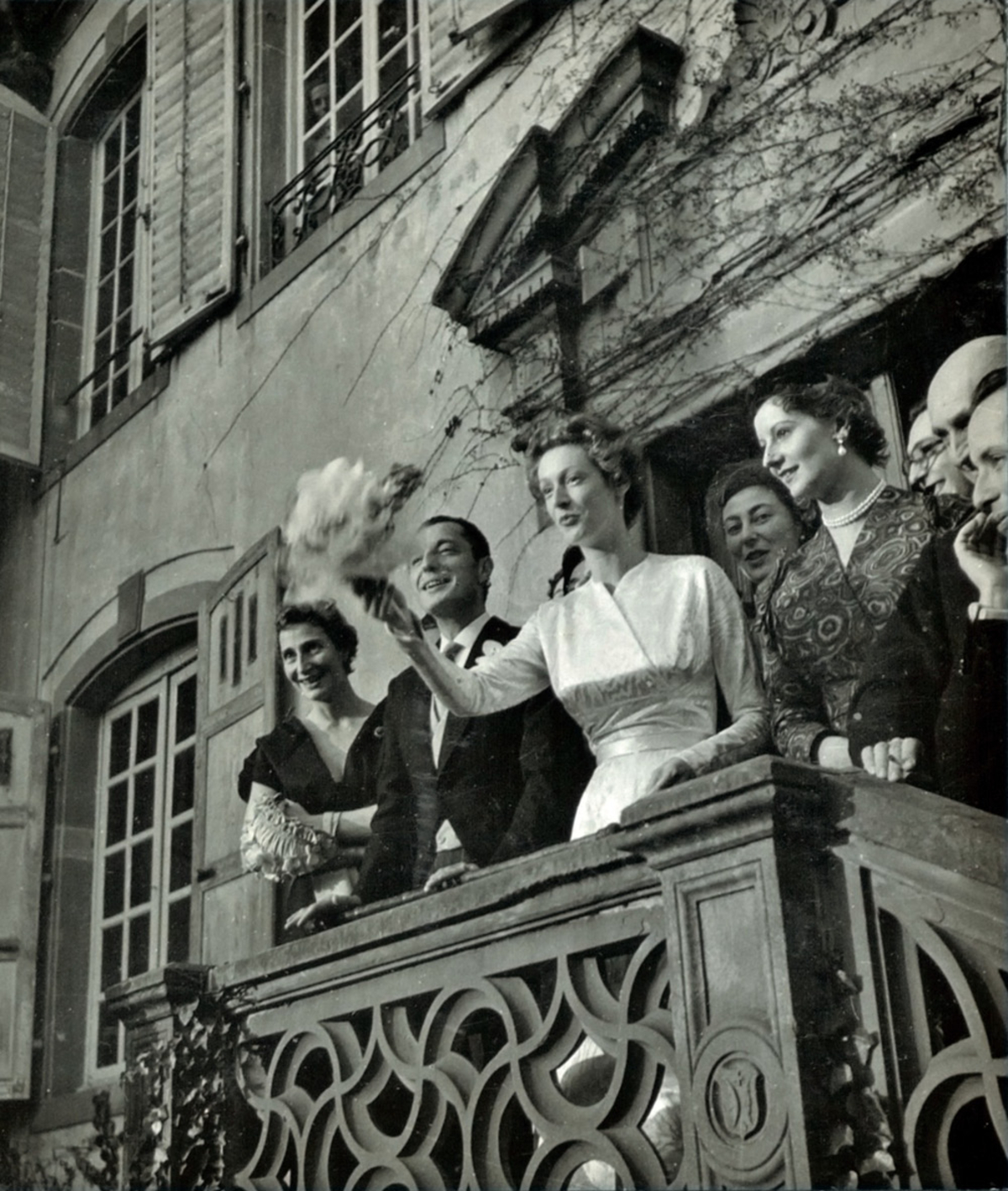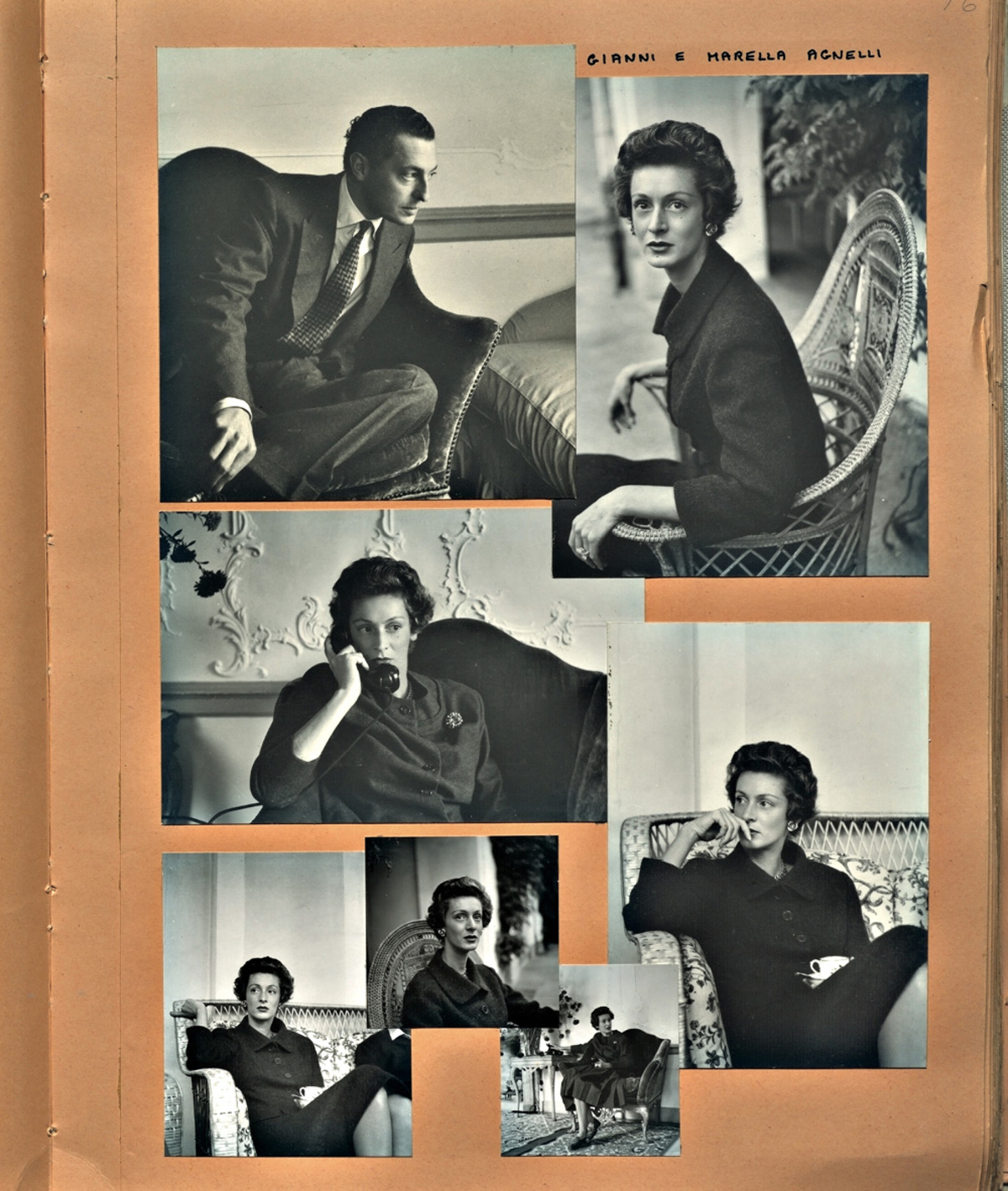In the Midtown Manhattan apartment that Camilla McGrath shared with her husband, Earl, who ran Rolling Stones Records, “there was always a good chance of stumbling onto an unexpected scene,” writes Andrea Di Robilant in a new book of Camilla’s photographs. “Governor Jerry Brown (who had just announced he was running for the presidency) coming out of the bedroom in his boxers looking for Linda Ronstadt; Keith Richards standing alone at the big Twombly painting, picking at an invisible electric guitar; Jasper Johns and Richard Diebenkorn sitting on the low couch in the dining room, silently sketching each other’s portrait.”

The Italian-American Camilla McGrath was untrained in photography but nonetheless spent five decades filling photo albums with portraits of her and Earl’s life in New York, Los Angeles, and Europe. Earl referred to Camilla as “the Nazi of the Nikon.” And though he “complained when the Italians” in their apartment “became too loud or numerous”—“the Italians” here referring to friends such as Marella Agnelli, Michelangelo Antonioni, Isabella Rossellini, and Bernardo Bertolucci—Camilla’s photos captured a singular meeting of places and industries.
Griffin Dunne (son of Dominick Dunne, nephew of John Gregory Dunne and Joan Didion) writes that in the McGrath home “the kids and the stars were treated the same way.” Trying to make it as an actor in New York City in the 70s, “I’d drop by after my shift at Beefsteak Charlie’s and finish the day eating a plate of leftover pasta with Mick Jagger.” His essay and others, by Harrison Ford, Fran Lebowitz, and Jann Wenner, accompany approximately 700 images in Knopf’s Face to Face: The Photographs of Camilla McGrath. If that isn’t enough, the rest of the roughly 60,000 photographs Camilla produced in her lifetime—she died in 2007, followed by Earl in 2016—can be seen at the New York Public Library. —Julia Vitale

